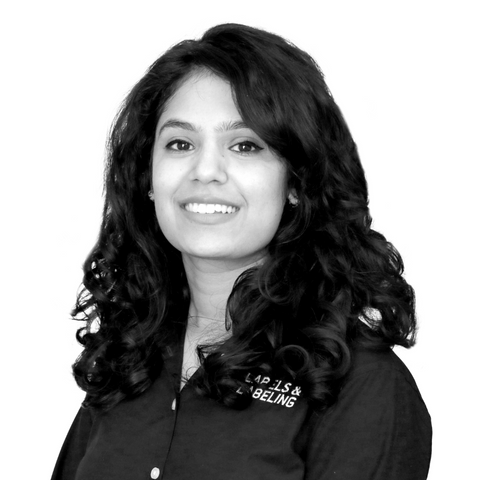Q&A: Harveer Sahni
Harveer Sahni, chairman of Weldon Celloplast has won the R Stanton Avery Global Achievement Award. In this interview with Akanksha Meena, Sahni takes us through his career and experiences in the label industry.
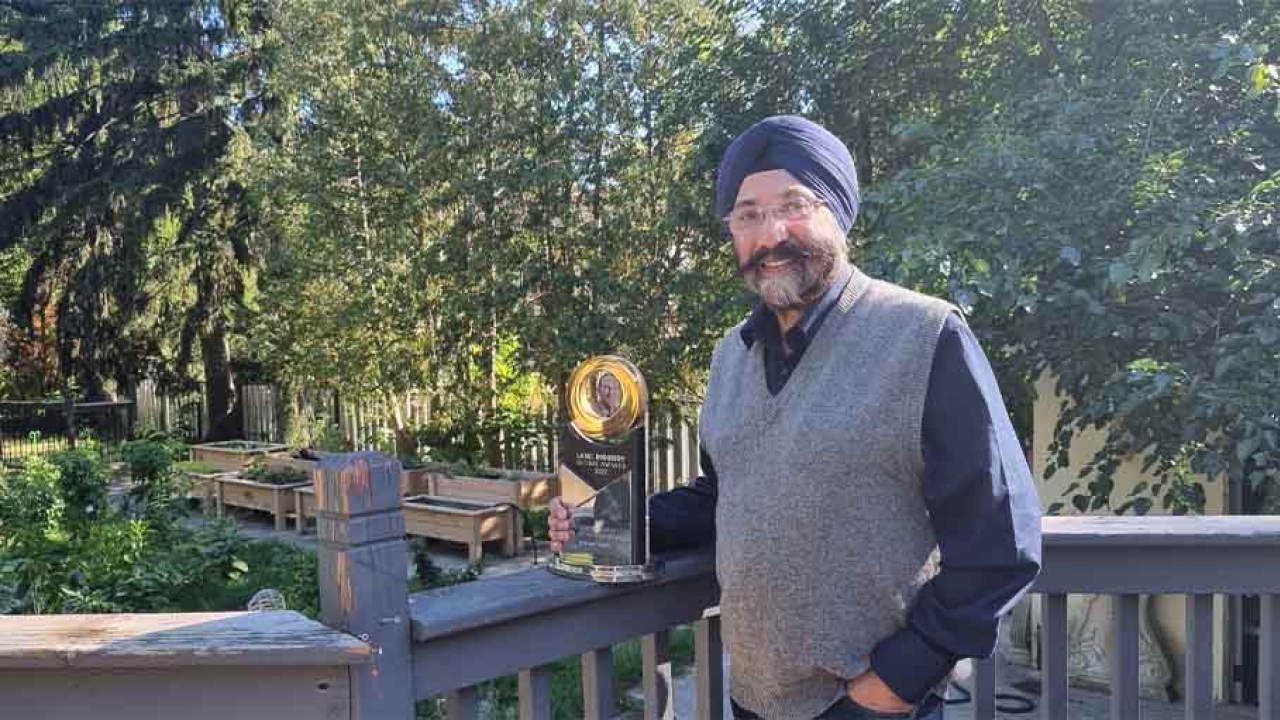
Harveer Sahni, chairman of Weldon Celloplast
Labels & Labeling: Tell us about your career and how has Weldon Celloplast changed since its inception?
Harveer Sahni: Weldon Sales as a parental company was started by my father in 1939 as a stationary company. Weldon Celloplast, promoted by me, was established in 1982 but we were siliconizing since 1978.
The journey of the company is very long. We started a family glue and writing ink business. Initially, we were outsourcing some adhesive products from international companies. I joined the family business in the early 1970s. As a chemistry graduate, I started developing these outsourced products in our laboratory and produced the glues ourselves. We then migrated to industrial adhesives, especially for labeling applications and later moved on to corrugated board applications. At that time, pasting glue for corrugation would last just for seven days before becoming unusable. I started producing and offering a glue formulation that is still prevalent in the industry and offers guaranteed shelf life of two years.
These are the kind of changes I brought in Weldon. We developed different types of inks and office glues to package them we needed containers. Initially, we were using glass containers but in the late 1960s, when polyethylene was introduced in India, we started buying
polyethylene and plastic containers to package our products. But then eventually I started molding myself for captive consumption.
I set up automatic injection and blow molding machines to
produce containers, caps and plastic scales and later we started supplying these outside as well. At one time, we were the largest supplier of ketchup bottle caps to large multinational manufacturers. However, gradually we moved away from it because our interest was more focused toward stationary.
Panning further in stationery, we set up a coater to manufacture self-adhesive tapes. But immediately at that time, I saw there was a big demand for release paper and a supply shortage. Because of that, we started making release liners. That became a big success for us and the start of our journey in labels.
I started siliconizing and produced several kinds of silicone release papers. And that time, I noticed a substantial shift from wet glue to self-adhesive labels which caught my interest. I did some label manufacturing as well using manual screen printing in-house. And it was a very primitive screen-printing system, not at all how it is today. We made labels and did it well. But we found it too cumbersome
and were losing focus on manufacturing other products that we were doing on the side.
Since some of our customers started producing release papers on their own, we started making labelstocks. Once multinational manufacturers started coming to India and taking away our market share, we had to rethink and change course again. We started exporting but when recession hit globally, we started moving out of producing labelstock. However, since we were able to retain our
customer base of label printers. Finally, we started getting agencies of global machine suppliers so that we would retain our customers, we started getting agencies of global equipment and tooling manufacturers. That is the way the present structure of Weldon exists. Now we supply total label machinery from label presses, inspection systems, and tooling to corona treaters and more.
I don’t look after day-to-day business now because my sons do that. My elder son is now the MD of Italian press manufacturer Omet’s subsidiary in India, while my younger son looks after Weldon’s business. I like to spend my time writing for the industry and networking. In this journey, I have seen the label industry’s evolution in India. As I was growing, networking has always been my passion. I have been successful in striking relations not just in India but globally.
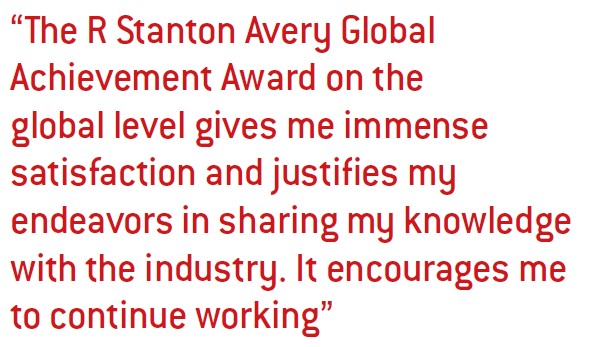
L&L: Why do you think you won the R Stanton Avery Global Achievement Award?
HS: The reasons for winning this award are many. Out of the 51 years I spent in business, 46 were spent in labels alone. One of the major reasons is leading changes in the label industry in India. When I started siliconizing, the silicone chemistries used in India were evolving and not consistent in quality in comparison to what we have today.
We moved on to a solventless silicone chemistry that is still used in India. And we led that change. Another thing that I was recognized for is innovating and adapting to change. Being a chemistry graduate, I could do things differently – I could analyze what was needed and keep innovating accordingly.
Right from stationery days, we were developing new products and things to do. Usually, release paper is used as a liner in a sticker. And liner initially was just glassine. We improvised and did poly-coated papers and then replaced poly with sustainable solutions. Sustainability was not an issue at that time, but we addressed it nonetheless. I developed barrier coatings and coatings that could accept siliconizing. These are a few examples of my innovations and adapting to the changing times. The biggest thing for me was staying connected with the global label industry. There was no internet back then. I used postal mail and letters to stay connected with industry peers. Learning was through reading. The biggest thing that helped me in my career was networking. In my family, we are six brothers,
and all of us are very well connected in our industries. Friendships are very wide and that helps.
L&L: What does this award mean to you personally?
HS: In 2017, I received a similar award for lifetime support to Indian label industry from Label Manufacturers Association of India (LMAI). It was very good and 700 people gave me a standing ovation. The R Stanton Avery Global Achievement Award on the global level gives me immense satisfaction and justifies my endeavors in sharing my knowledge with the industry. It encourages me to continue working. When they give you an award such as this, it seems like an end of a journey but for me, it is not an end. It is an inspiration for generations that follow. They will find inspiration from this to network with industry friends and share their knowledge. When new technologies emerge in the market, the newcomers need to learn and sources such
as my blog and L&L help them or else they learn when they network together. This award will provide them the inspiration to go out there and share their knowledge as well. It definitely means a lot to me.
L&L: What are some of the major highlights from your career?
HS: The biggest highlight of my career was accepting the changes that came along. If you are unable to accept changes, you will not be able to move on as stagnation is not good.
A very important highlight was being awarded the lifetime
achievement award from LMAI and later the global achievement award. Another highlight was the string of incidents that led me to my connections worldwide like meeting Mike Fairley and Andy Thomas-Emans. I wrote an article for L&L at the beginning of the millennium. I felt encouraged to write further because of that. And bringing Andy to the first India label show which became Labelexp India. My friendship with Douglas Emslie, Roger Pellow and Lisa Milburn was very vibrant, supportive and indulgent. And then making India Label Show a success and supporting Tarsus and Anil Arora, founder of India label show to come together were among the big highlights of my career.
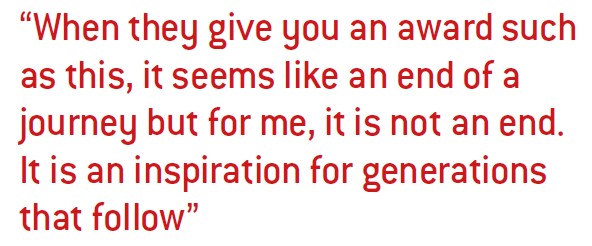
L&L: What are some of the best lessons you’ve learned in your career?
HS: There are four major lessons I have learned. I had a platform that I inherited from which I later established Weldon Celloplast. Inheritance was just a stepping stone and not a story scripted in stone. One has to move out of that inheritance and do something on one’s own.
The second learning was that in case of disruptive times in
business, one needs to move out of comfort zone. One must never be scared to do this because success comes to those who get out of their comfort zone. I was comfortable in stationary, but I moved out of it. I got comfortable in siliconizing but again, I moved out of there as well.
My passion and forte is networking. You are as valuable as your network. You should always be a giver and you can rise in life.
The final reason why I think I got the award is my willingness to learn and share my knowledge. It is key to be knowledgeable to be accepted and searched by the industry. You will be able to help others with your knowledge. If you are a giver, naturally the word spreads
and you are accepted.
Marking your presence in all industry events is an important thing. I was the first Indian labelstock manufacturer to exhibit in Labelexpo Europe. It is one of the highlights of my career and another was being the first Indian to be on the Finat committees. I never shied away from sharing my knowledge. If someone comes to you with an idea, my thinking is eventually they will do it. But if you help them, they will remember, and it goes a long way. I tried to give back and I tried to stay connected with small and big players in the industry.
L&L: What changes have you witnessed in the label industry?
HS: Until about a certain period, when printing evolved and
self-adhesive labels that were invented by R Stanton Avery, the label industry in India was somewhat stable. Self-adhesive labels were being produced on a flat bed letterpress printing machine in roll form.
Changes started happening when flexo came in. There were a lot of changes in printing, converting and embellishment from letterpress to flexo to digital to hybrid.
Then the label application technology also changed over the years. It went from unsupported glue applied plain labels to self-adhesive to wrap around to shrink sleeves now linerless labels to digital on product.
In terms of speed, technology evolved right from earliest screen printed labels that were produced one label at a time in sheets to 5-7in wide slow flatbed presses in roll form. And they were doing 5-10m/min. Now there are flexo presses that can print over 200m/min and are going wider than 500mm. Even hybrid and digital label presses are printing over 100m per min now.
Waste matrix removal became more efficient as shapes got
complex. Technology is changing every day.
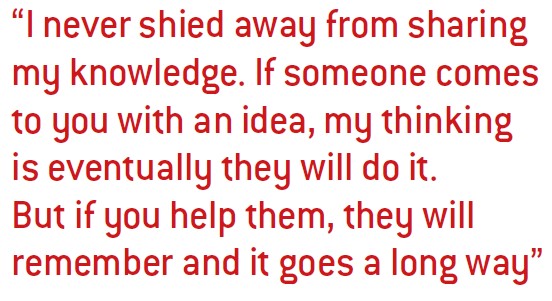
L&L: What trends are you observing among your customers?
HS: I am noticing that large label printers who are growing have certain reservations about multinationals coming in the market with takeovers happening and posing intense competition. They are growing but are open to being acquired. The number of larger Indian label players of the industry is shrinking at the top level due to acquisitions and or mergers. There is constant worry about the return on large investments made in high-end printing and converting machines.
However, when you look at the other half of the industry or the bottom of triangle, they are now able to compete with the big players. The smaller-scale businesses, that make up the bigger portion of label printers, have also started growing steadily.
Local printing machine manufacturers are coming of age and getting acceptability. They are exporting as well. They are offering all kinds of modular presses and automation which is a very good sign.
However, there’s a concern that unless driven by print buyers or the need for innovation, Indian label converters do not take up high-cost investments. Most expansions are driven by print buyers or by forward-looking converters who innovate to get a better return on products and higher margin.
L&L: The label industry is seeing a shortage of workforce.
What can the industry do to attract young talent?
HS: Attracting young talent, training and retaining them is very important and the need of the hour. There are a few converters who have already set up training centers at their premises but that is not enough.
It is imperative to train different teams such as machine operators, sales and marketing on technology. Some universities in India provide training but there is no training available specific to labels. There is a need for label and packaging-related education. Today, due to intense competition, printers can no longer print simple labels and they need to innovate. They invest in high-end machinery but the return on investment is not what it used to be. This can be taken care of if converters are able to create labels that are different and add features that compel end-users to pick a product from the shelf. There is a need for a trained workforce that can produce such packaging.
When it comes to equipment, there is no training in place before employees join a manufacturer. Every supplier has to train its workforce individually depending on its product and technology. When an employee switches a company, they might not be able to perform in a new technical environment due to the difference and advancements in technology.
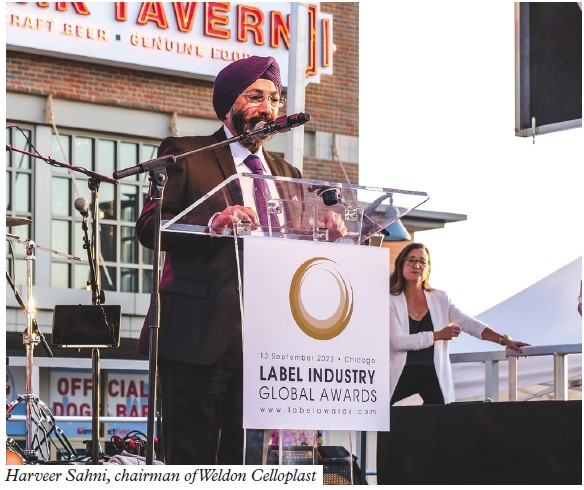
The top management is shrinking in large organizations in the industry due to acquisitions. They can afford highly paid trained employees at top management. But fresh blood is required at the lower-level jobs as well. There is a need for a system in place to attract young people to the industry.
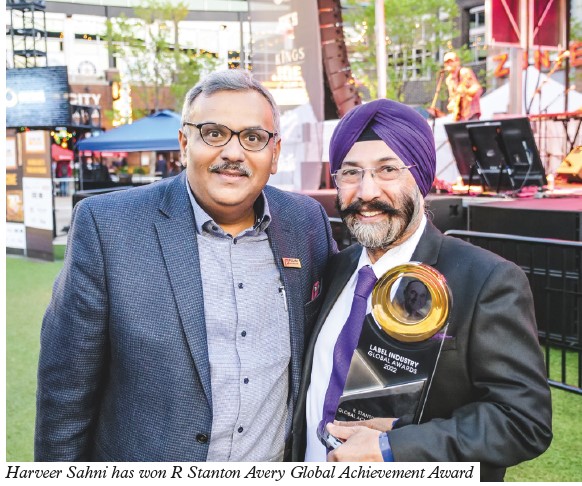
The other issue is that a highly skilled employee is often poached due to a shortage of trained manpower in the industry. Weldon, fortunately, is a family business. So, we were not dependent on outside workforce. However, my elder son was hired by Omet, one of the manufacturers we represent. He is among the best-trained people in the industry as far as technology is concerned. He was trained
by each of the manufacturers we represent. My younger son is also well-trained. We still have access to expertise through my sons. But getting people to replace us is an issue. Most of the companies in the label industry are family driven. As we grow, professionalism needs to come and newly trained people need to be hired.
A lot of manufacturers do have training centers dedicated to
their technology and products. But even though these training centers in place, converters are hesitant to send their employees. The moment their employees interact with each other, converters are afraid of trade secrets being shared. This is a concern that needs to be addressed. There is a need for a uniform end-to-end educational program from pre-press to finishing.
L&L: What are your hobbies and interests outside of work?
HS: My biggest passion after labels is cooking. Some time ago, I stopped posting personal photos on social media and now I mostly share my cooking posts.
My daughter-in-law comments that I can cook different dishes 365 days. And I do different ranges of food. For example, I can do a whole range of dishes without a drop of oil. I indulge in creating dry spice mixes for different dishes and you don’t need anything else. They are still in the development stage.
Apart from that, I have recently started taking to gardening. We have a garden at home in front, back and at the rooftop. We grow a range of fruits and vegetables in our gardens such as mango, oranges and lemons and lots of flowers.
Spending time in the mountains is also something I enjoy. I go to the mountains every alternate month to spend two to three weeks. It is a beautiful and very good change for me.
And the best part of aging for me is playing with my grandchildren.
Stay up to date
Subscribe to the free Label News newsletter and receive the latest content every week. We'll never share your email address.
